As part of the Design in Practice alumni showcase, we spoke to designer Nicola Smith who graduated from the School of Creative Arts, University of Hertfordshire with a BA(Hons) in Interior Architecture and Design in 2017. Nicola now works at the National Gallery in London as a 3D Designer and has designed many varied exhibitions and projects there.
Read more about what Nicola’s job entails, how she got to where she is, and what tips she has for newcomers.
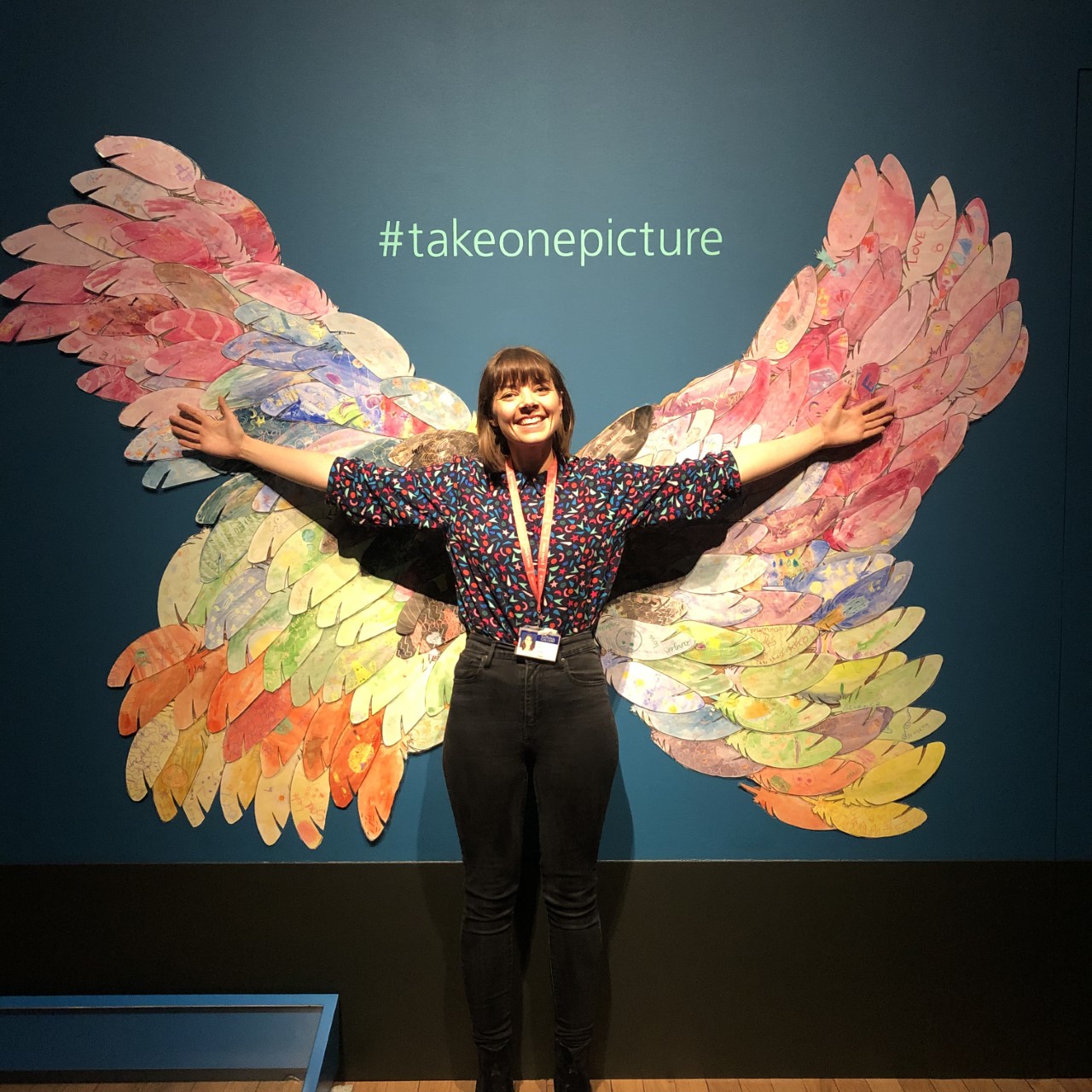
UH ARTS: Lovely to be talking to you, Nicola. Thank you for being part of our Design in Practice exhibition, and for sharing your journey with us! Could you tell us a bit about your practice?
NICOLA SMITH: Thank you for having me. My name is Nicola Smith and I am an Interior Architecture alumni and work as a 3D designer at The National Gallery in London. I work in a multi-disciplinary team at the Gallery to design spaces for viewing art. Most of my work is designing exhibitions across the gallery site, helping to communicate stories to visitors.
Alongside a team of curators, graphic designers and interpretation editors, I work on the projects from concept to completion. Exhibition design usually begins by planning the space of the exhibition, not only the layout of objects but also where ticket desks or cinemas will go and how to get the services to them. From there, I develop creative concepts to produce a design that meets the brief, is on budget and suitable to the listed building.
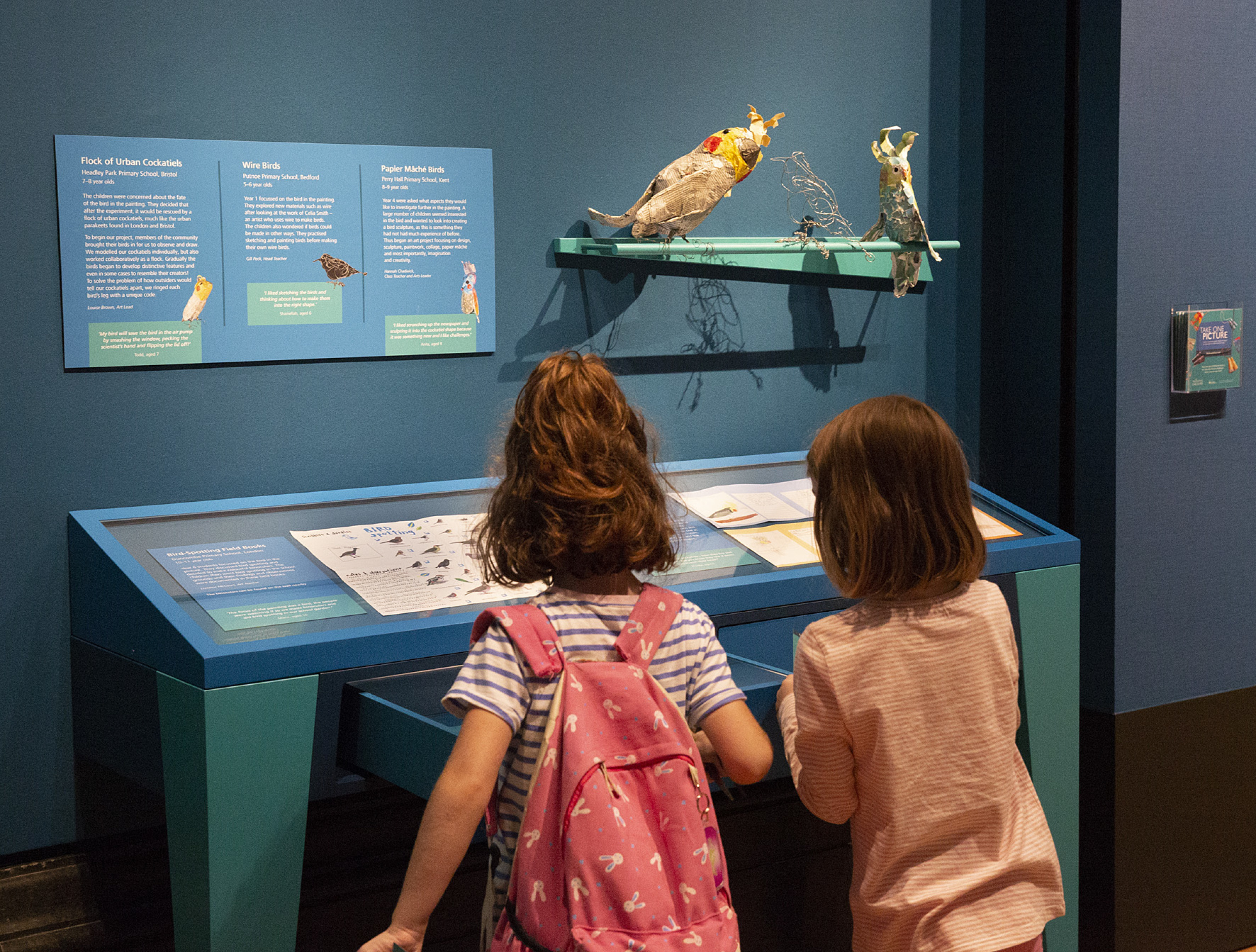
Not only is the experience of the visitor vital, but the care of objects is essential. Therefore, a lot of care and attention is spent on technical detailing such as showcase design or the specification of a temporary wall.
One of the best things about designing exhibitions is that the work is so varied. The requirements of each show and each object is different, and whilst some aspects can be replicated for every show, there are often new challenges and problems to resolve. I also over-see projects from brief to build, including creating tender packs and managing contractors on site to ensure gallery standards are met. This allows me to understand the whole process and gain greater understanding for ongoing projects.
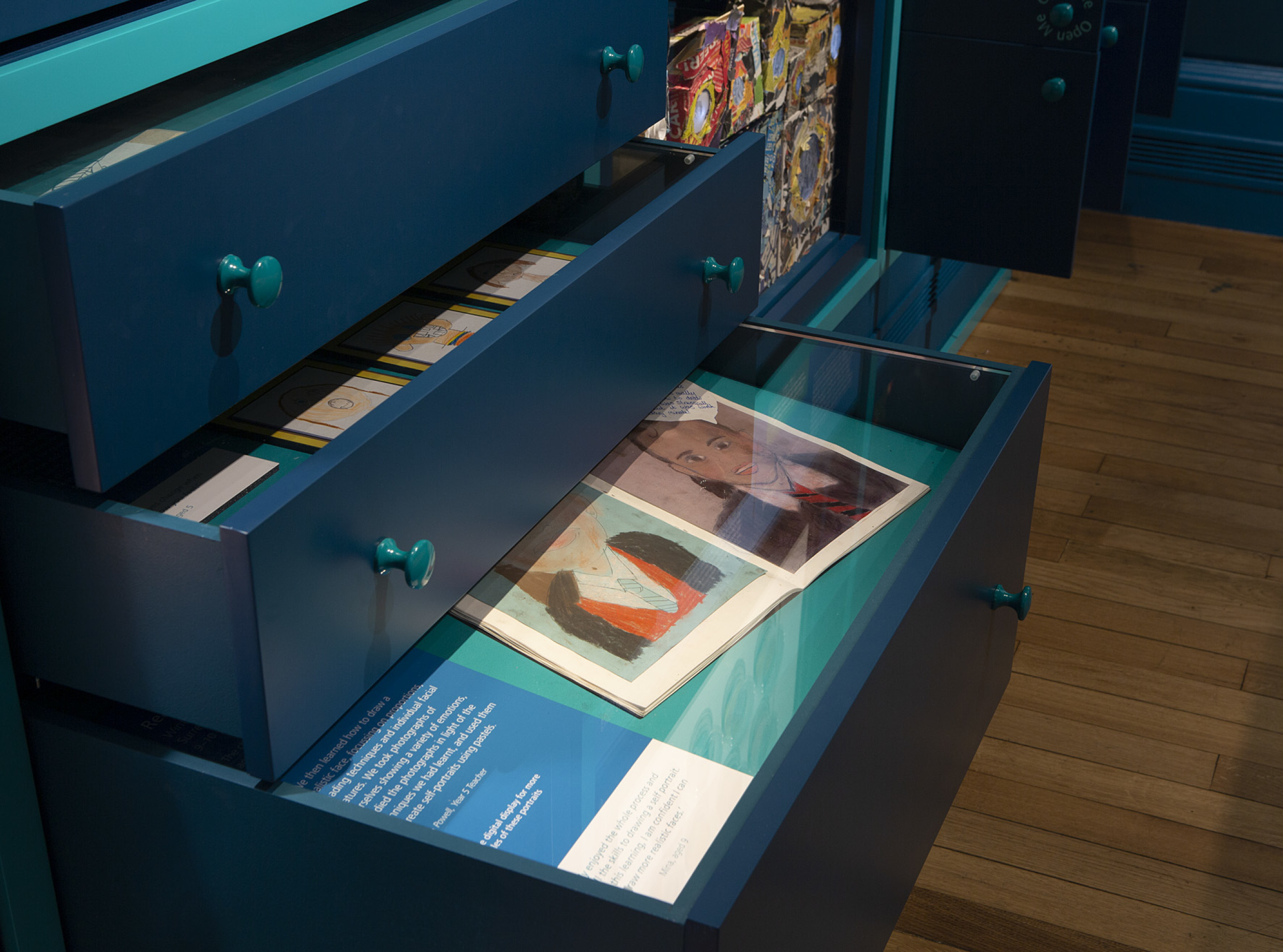
"One of the best things about designing exhibitions is that the work is so varied"
UH ARTS: Sounds fascinating – what a wonderful place to work at! Could you tell us a bit more about your career journey, please?
NS: I came to University of Hertfordshire as a mature student. I had previously done a BTEC ND in Radio Broadcasting and Journalism but decided not to pursue this and worked in the insurance industry for 5 years before deciding I wanted to work in the creative arts. I took a National Diploma in Art and Design and then went on to study Interior Architecture and Design at UH.
During my time studying at UH, I had completed a summer internship at a high-end interior design studio and taken on an office design project with my university lecturer and peers which I could use in my portfolio as professional work. I also had a part-time job at an interiors showroom selling kitchens, bathrooms and tiles which gave me an understanding of materials but also built my confidence.
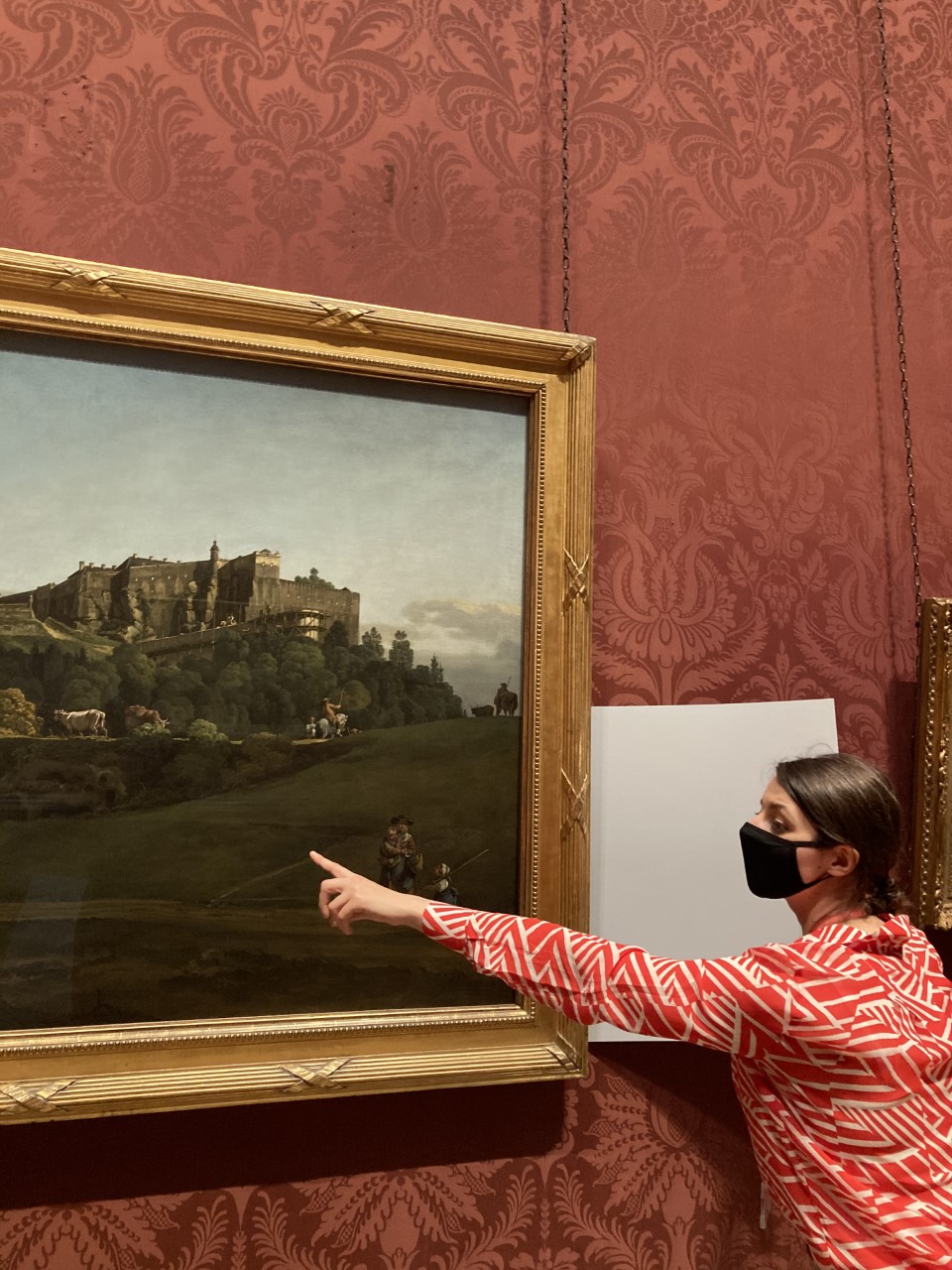
I had found a passion for experiential design, mainly within the museums sector, in the final year of my degree. I completed a mini project (a pop-up museum for St Albans Museums) which inspired me to design a chemistry centre and museum for my final project. This allowed me to explore and research about experiential design and meant I had a lot of relevant projects in my portfolio.
I took a little time off when I finished, and whilst on holiday, the role of 3D Designer came through on my email alerts. I didn’t have the exact experience they requested but the role looked like my dream job and I had some experience they were after from a couple of freelance projects, and I knew my portfolio had relevant examples. When I applied for the role I looked at every bullet point and thought about how I could apply my experience, not just from university but my previous jobs, to the requirements and I was able to find a lot of evidence and examples to support my application.
"When I applied for the role I looked at every bullet point and thought about how I could apply my experience"
I was offered the job, and it has been a big learning experience from there. I am fortunate to have a good mentor to support me and a great team around me to learn from.
UH ARTS: Could you share with us something you learnt at UH that has helped you in your career?
NS: Working on team projects at UH was incredibly helpful. When you graduate, it is very likely you will be collaborating or working as part of a team. It is important to feel comfortable working with others, especially when it comes to design communication.
The professional development modules were invaluable. When I left University, I had a portfolio that was interview ready and it meant I was ready to hit the ground running.
"The professional development modules were invaluable"
The course programme also allowed me to develop my creative skills in lot of different ways. Some modules were based more on conceptual work whilst others more on the technical aspects. This gave me a wide understanding of design and helped me to hone in on my strengths.
The best thing I learnt at UH was when my lecturer Erica Liu taught me that the best concepts are those that solve a problem. To this day I use this methodology. I start with the basics and once I have discovered the problems or challenges, I look to that area to develop a concept that resolves it.
"The best concepts are those that solve a problem"
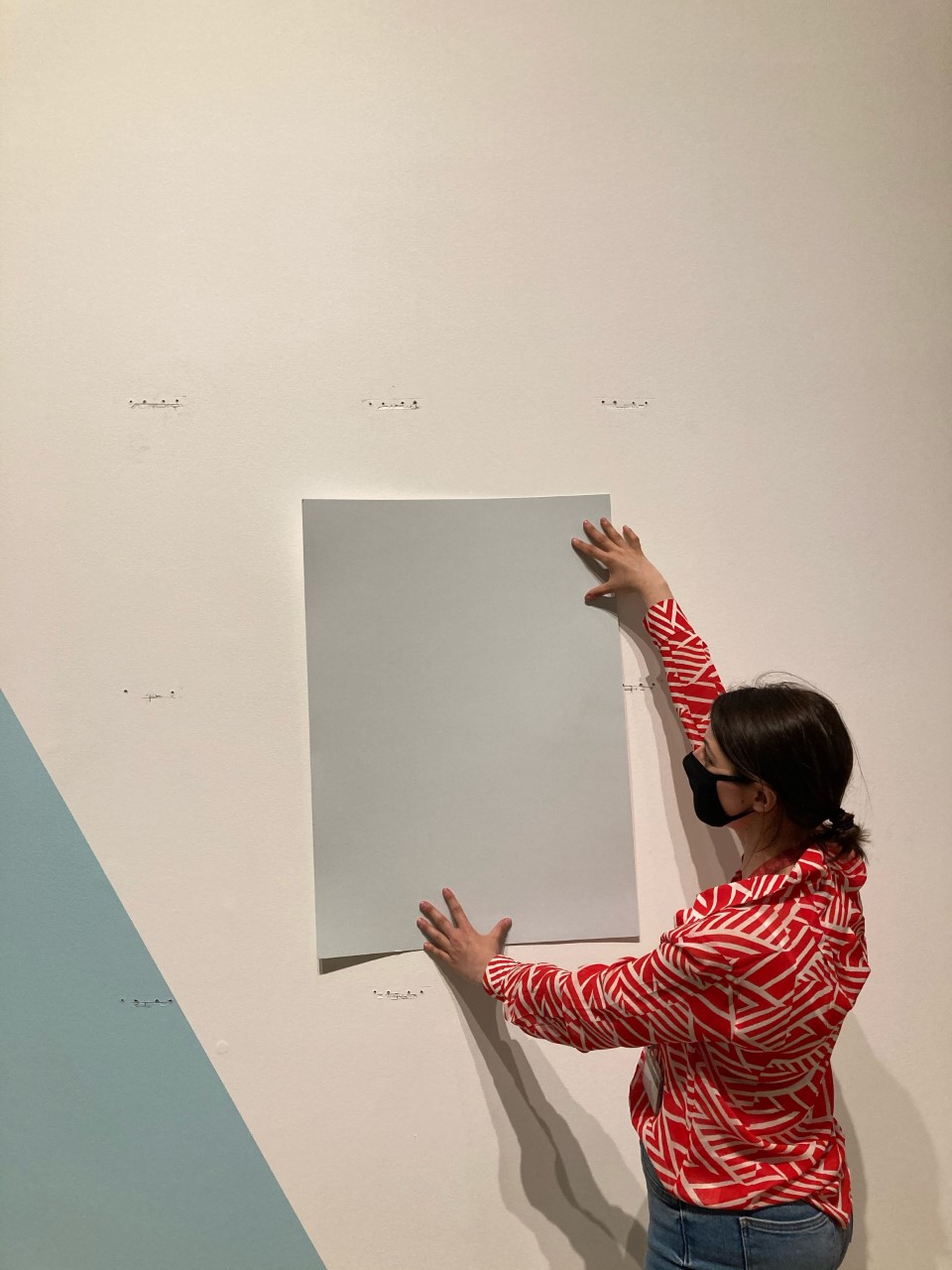
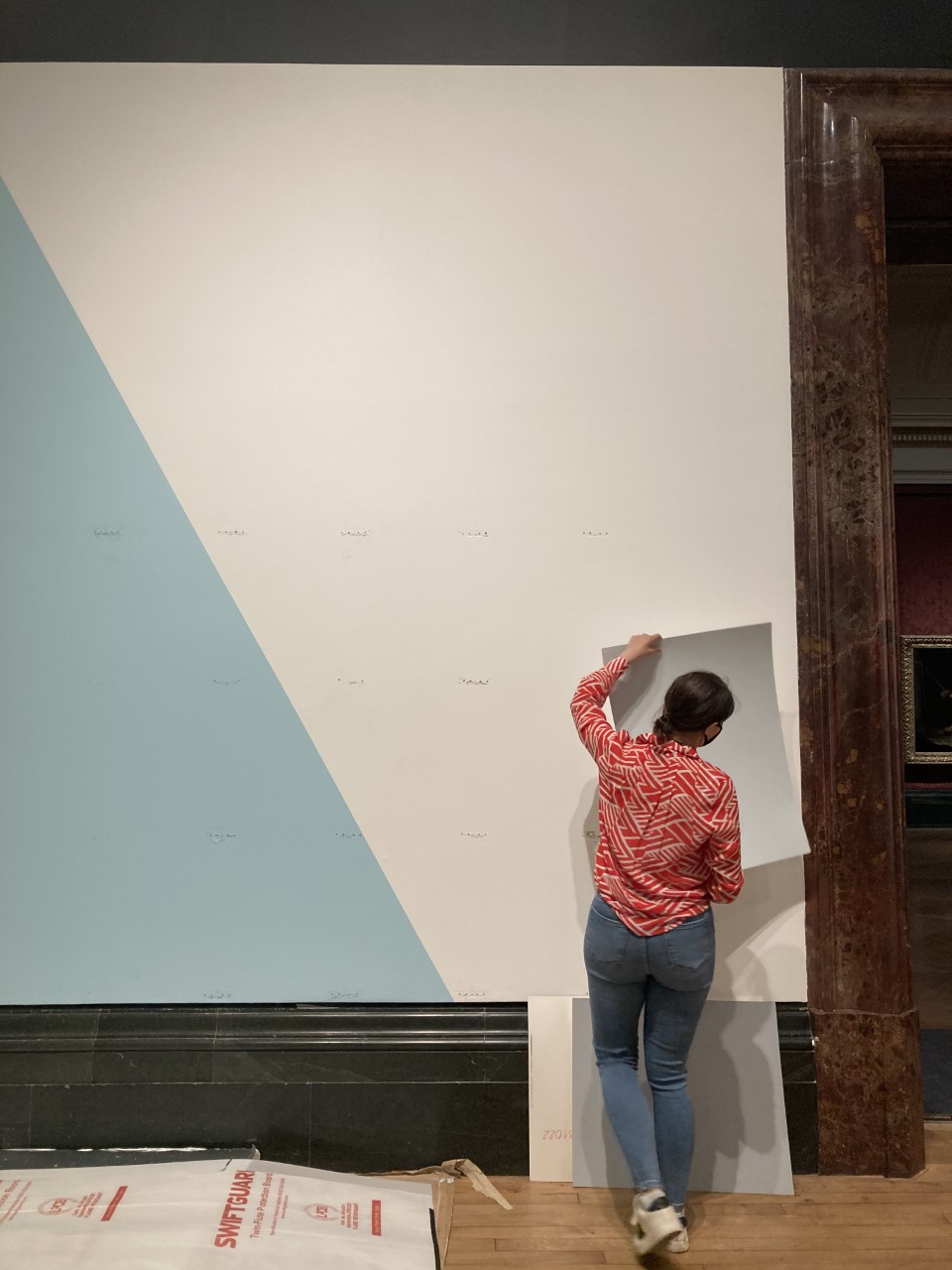
UH ARTS: What is your routine in the design studio?
NS: The gallery has a process for designing exhibitions and we work closely with the Exhibition Managers on this. We start by receiving a briefing about the exhibition, i.e. what the story is, what objects are going to help that story and any initial ideas about look and feel. We take this information and carry out research to develop the design with the graphic designers and curators. We then present the proposed design to teams from across the gallery before managing the build stage.
I tend to start the work by doing a space plan of the objects. Once this is done it then becomes apparent what special opportunities or restrictions there are and any challenges that require solutions. I then research into look and feel – this could be inspired by some of the themes within the painting or a technique used by the artist, or even a place where the works were conceived. This will involve collaboration with the graphic designers, carefully considering the most appropriate colours for the works and intended ambience. I will create elevations and plans, and depending on the level of 3D interventions, I will create a 3D model, renders and occasionally VR panoramas.
I then tend to move to collecting materials and colour samples, and creative mood boards for sign off.
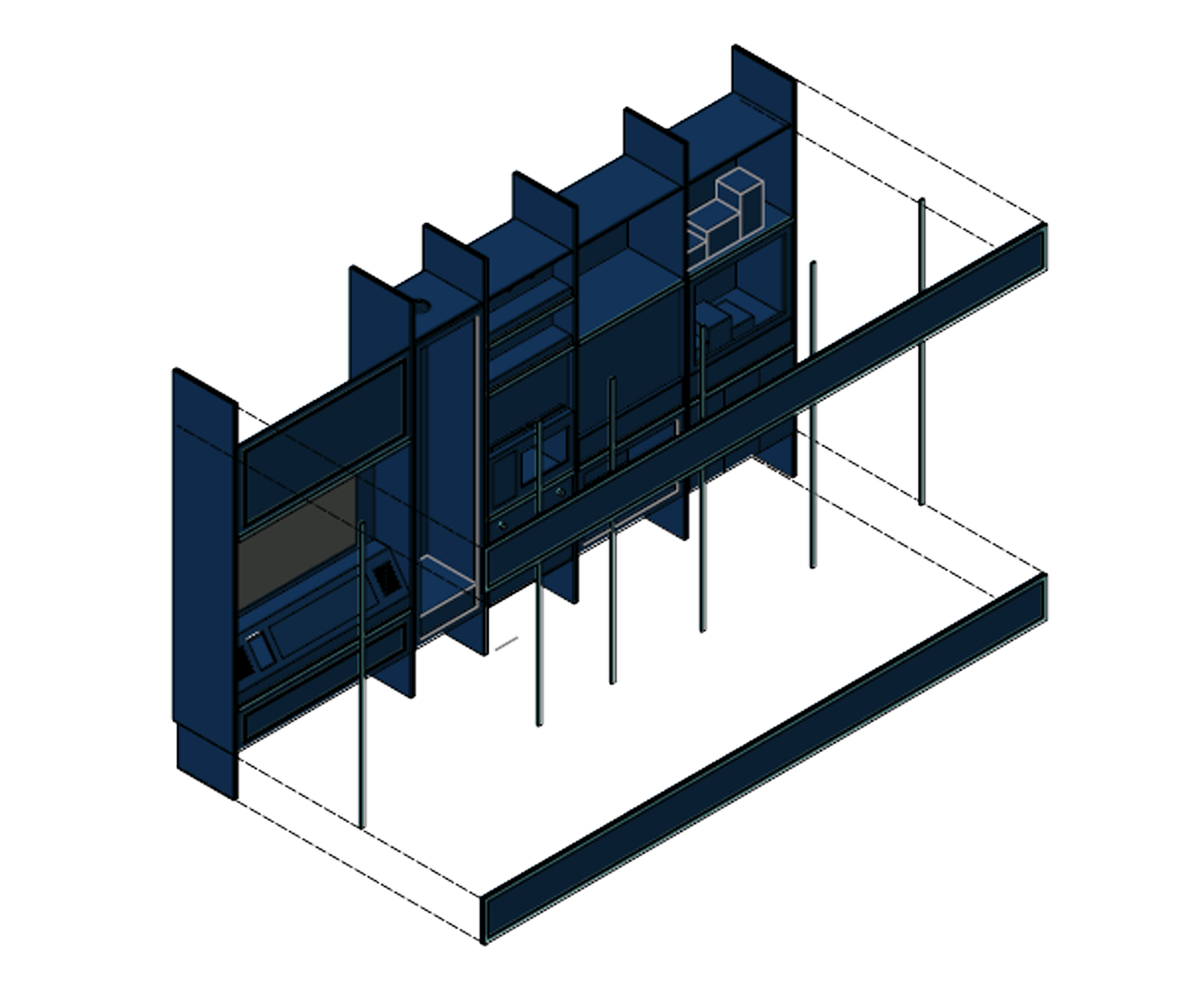
UH ARTS: Have you got some tips for new graduates and new artists/designers?
NS: Try not to be too humble and don’t let an experience requirement put you off applying for a job or opportunity you think you would be good at.
"Don’t let an experience requirement put you off applying for a job"
There will be lots of examples from your course or skills that are transferrable. Be honest about your abilities but don’t down-play your strengths.
To find out more about Nicola’s work and see some behind-the-scenes snapshots, follow her on Instagram @ncsmithdesign

